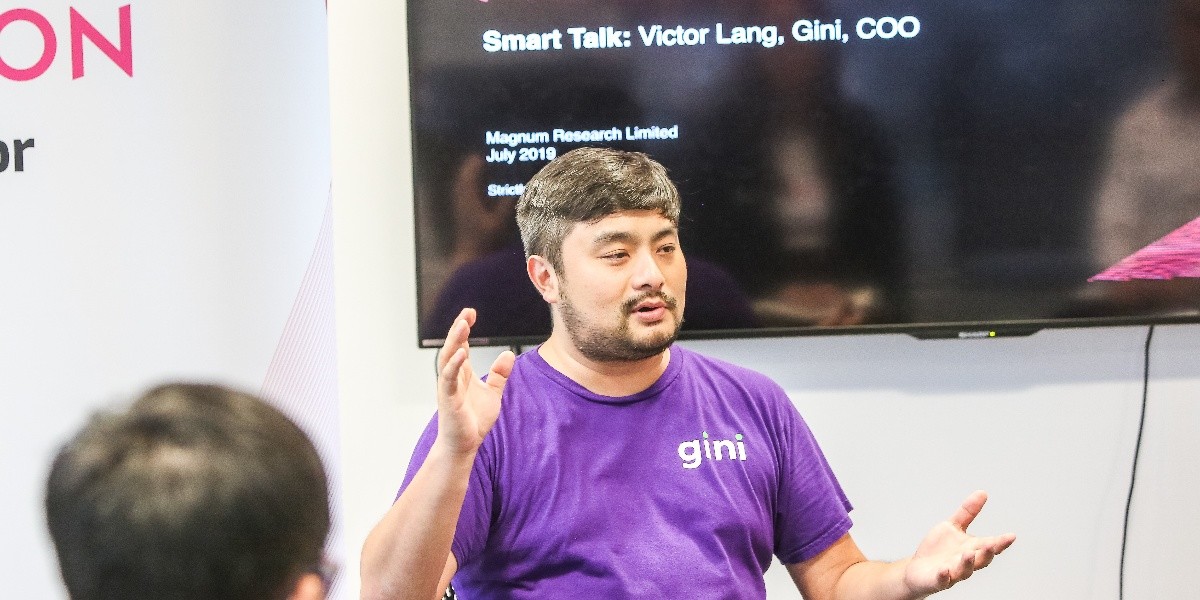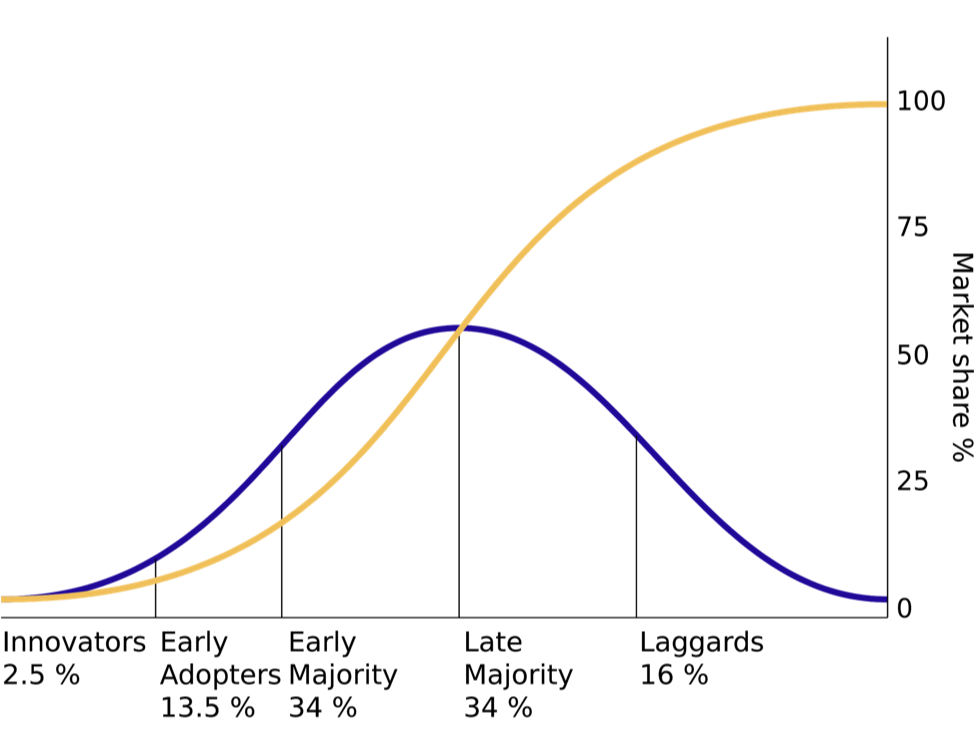
Why Speed is Key to Launch Products at Startups
Written by AQUMON Team on 2019-08-24
In our recent AQUMON SmartTalk, we invited Victor Lang, Chief Operating Officer (COO) of Gini, a Hong Kong fintech startup, to share his experience in starting and managing a startup in Hong Kong. Here are a few key takeaways:
1. Product launch: It is not ideal to launch a product with bugs, but versus launching a ‘perfect’ product, the urgency of launching is more important and afterwards your customers will point you in the right direction.
2. Balancing existing customers and future customers: The needs of the 2 groups are different and it is essential to strike a balance.

Victor’s entrepreneurial story and how he came to co-found Gini
Victor started investing in distressed assets/ real estate in the US after he graduated from university. Subsequently, he founded a bio-tech/ pharmaceutical company that makes human tissues and sold it to a NASDAQ-listed company. In 2016, he left the US and came to Hong Kong to co-found Gini, a personal finance app, with his brother Calvin and cousin Ray. The name “Gini” comes from the term Gini Coefficient (which measures the income or wealth gap within a nation’s population).

Product Launch
“If you are not ashamed of your first product, you launch it too late.”
Victor talked about the fact that, the first version of any product is always imperfect, especially for mobile apps. The first version of Gini was, in his words “terrible”. He was determined to set the launch date in the following February a year before the launch, but the company barely had enough engineers and product managers. But Victor was determined to set the date anyway because he understood the importance of timing and goal setting.
During the early days, Victor described debugging via a huge excel worksheet in order to compile similar bugs together for software engineers to solve them. Eventually, they improved the product after their less than ideal first version.
Victor’s point is that it is not ideal to launch a product with bugs, but versus launching a ‘perfect’ product, the urgency of launching is more important and afterwards your customers will point you in the right direction. To understand their customers’ needs, Gini has user testing every week and many internal surveys. Gini will also look at and use other APPs for ideas.
More on existing customers and future customers.
Victor outlined the difficulty of balancing the needs between existing customers and future customers. Your existing customers are very important and need to be taken care of as they are already your customers; but existing customers are often ‘early-adopters’; their needs are different from the future users who fall into the ‘early majority’ and ‘late majority’ category.
It is essential to strike a balance.
Similar to the idea of diffusion of innovations, early adopters need to be taken care of in order for the word of mouth to be spread out, but they are often the minority in the whole cycle. Early majority and late majority account for a much higher percentage of the total customers and their needs are different and innovators need to adjust accordingly (sometimes dramatically). Please see the below graph for more information (the blue represents the groups of users adopting a new technology and yellow is the change in market share):

We really appreciate Victor for his sharing at AQUMON’s Smart Talk. It gave a lot of us a lot of creative ideas and motivation to continually improve. Looking forward to our next Smart Talk sharing!
Disclaimer
Viewers should note that the views and opinions expressed in this material do not necessarily represent those of Magnum Research Group and its founders and employees. Magnum Research Group does not provide any representation or warranty, whether express or implied in the material, in relation to the accuracy, completeness or reliability of the information contained herein nor is it intended to be a complete statement or summary of the financial markets or developments referred to in this material. This material is presented solely for informational and educational purposes and has not been prepared with regard to the specific investment objectives, financial situation or particular needs of any specific recipient. Viewers should not construe the contents of this material as legal, tax, accounting, regulatory or other specialist of technical advice or services or investment advice or a personal recommendation. It should not be regarded by viewers as a substitute for the exercise of their own judgement. Viewers should always seek expert advice to aid decision on whether or not to use the product presented in the marketing material. This material does not constitute a solicitation, offer, or invitation to any person to invest in the intellectual property products of Magnum Research Group, nor does it constitute a solicitation, offer, or invitation to any person who resides in the jurisdiction where the local securities law prohibits such offer. Investment involves risk. The value of investments and its returns may go up and down and cannot be guaranteed. Investors may not be able to recover the original investment amount. Changes in exchange rates may also result in an increase or decrease in the value of investments. Any investment performance information presented is for demonstration purposes only and is no indication of future returns. Any opinions expressed in this material may differ or be contrary to opinions expressed by other business areas or groups of Magnum Research Limited and has not been updated. Neither Magnum Research Limited nor any of its founders, directors, officers, employees or agents accepts any liability for any loss or damage arising out of the use of all or any part of this material or reliance upon any information contained herein.
